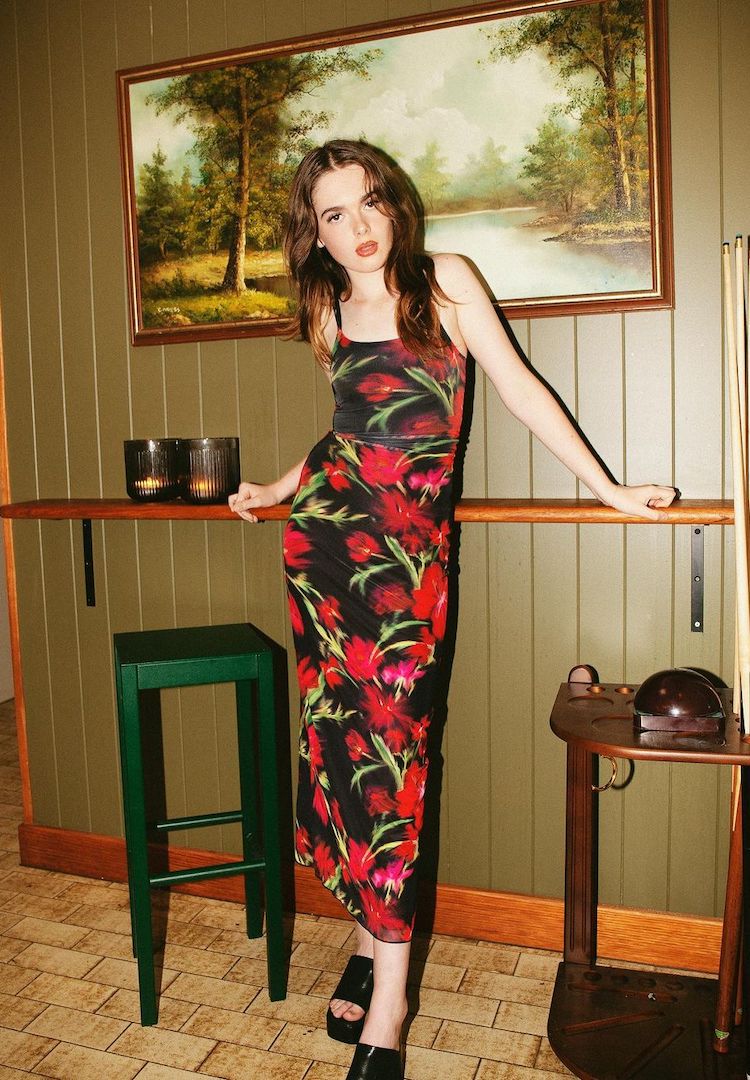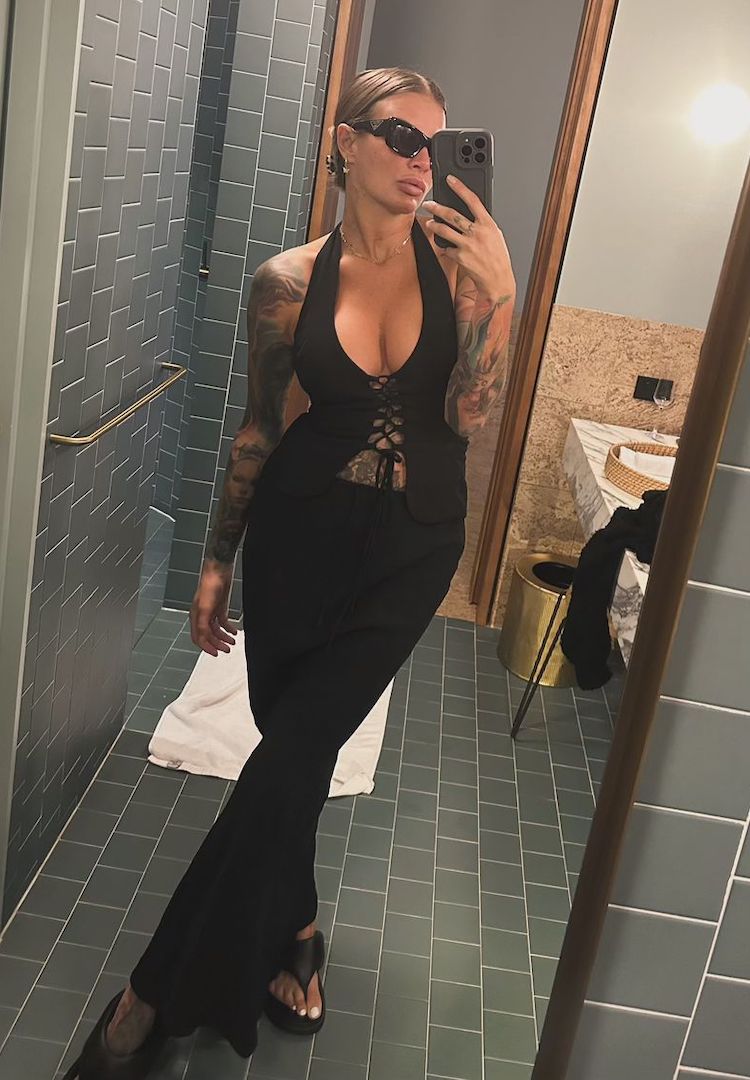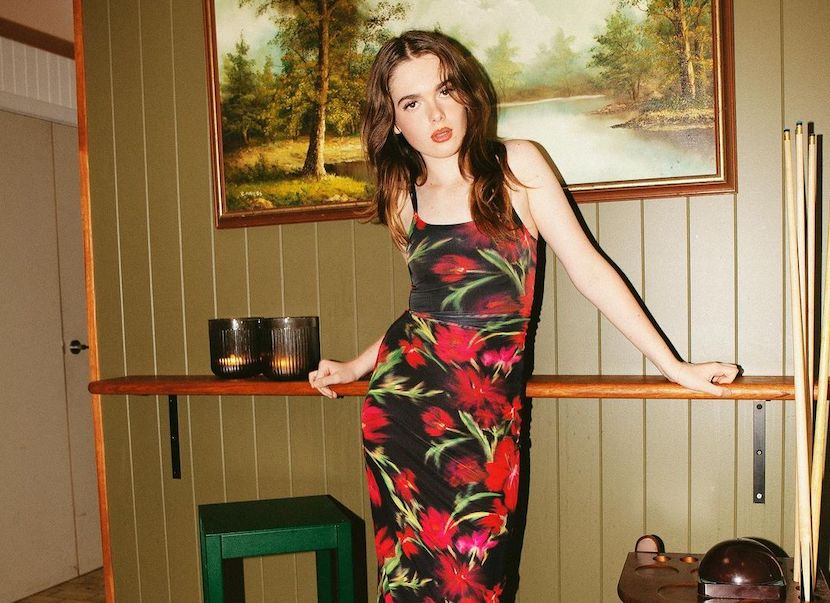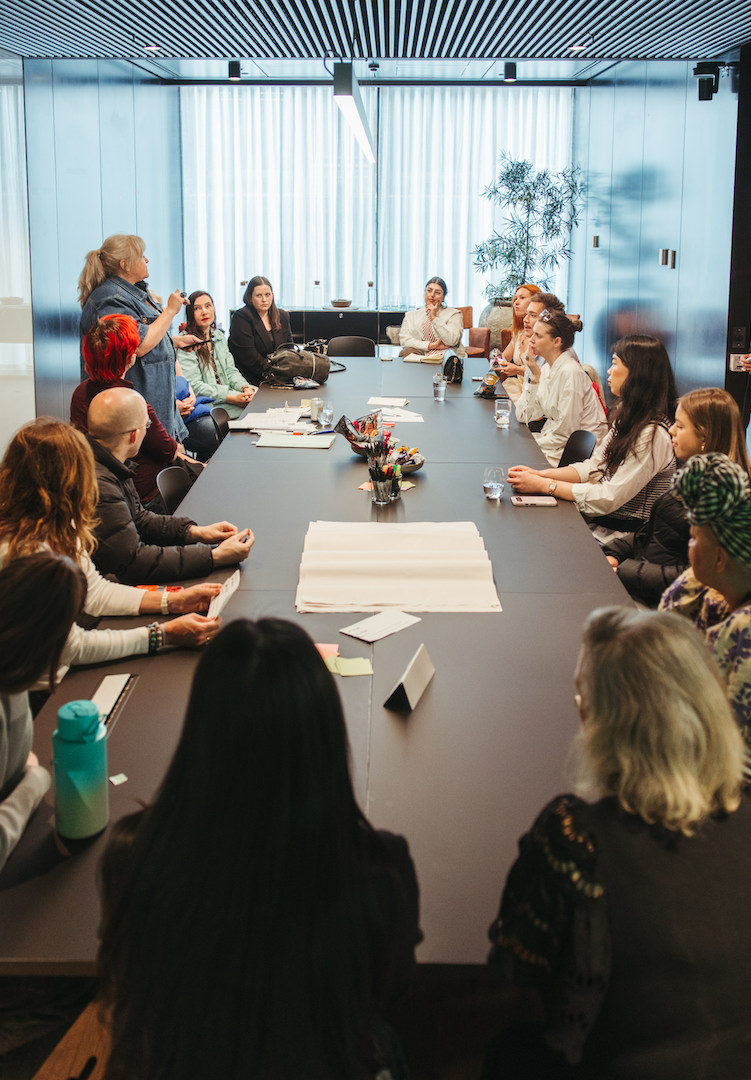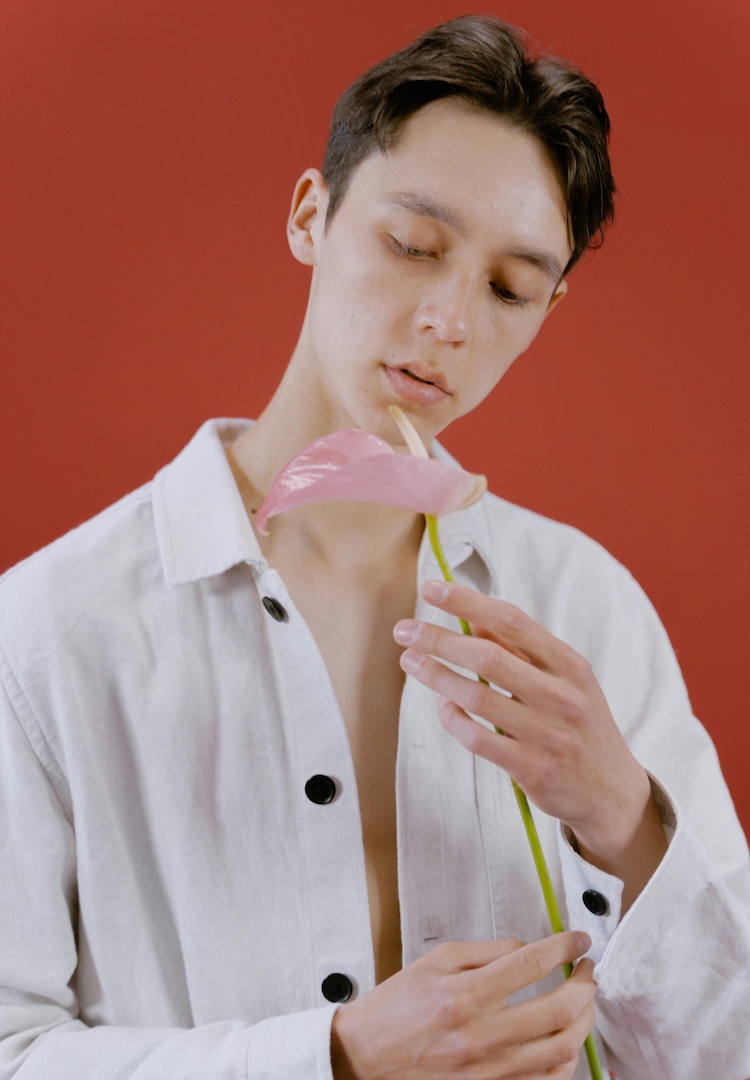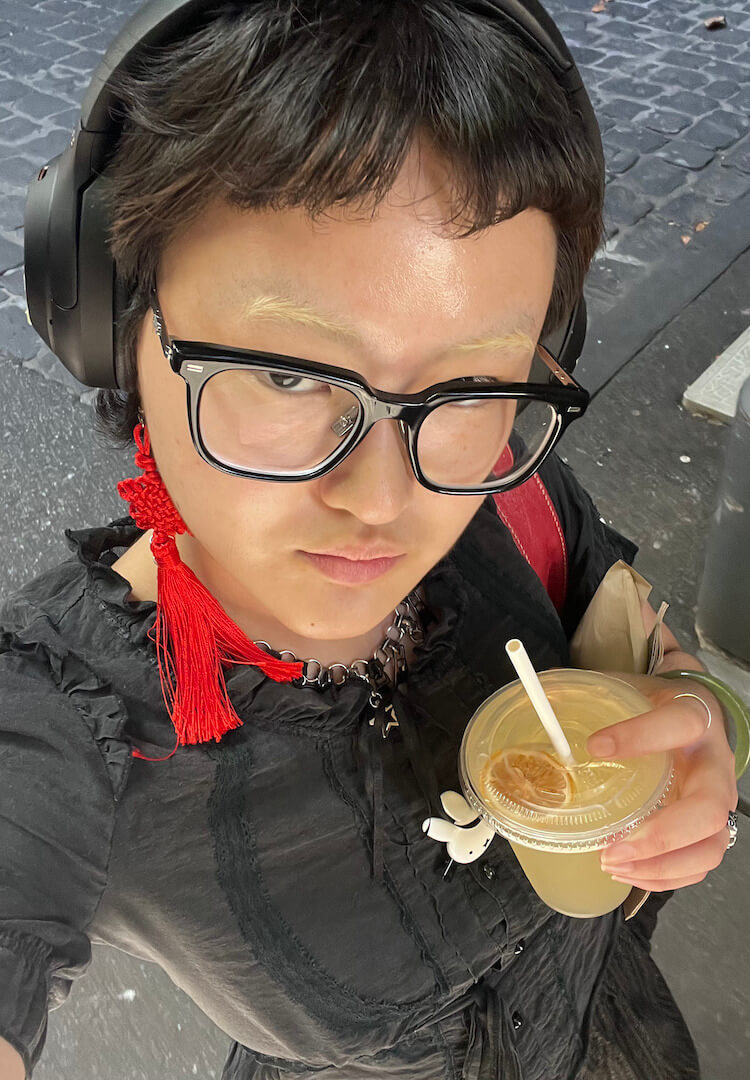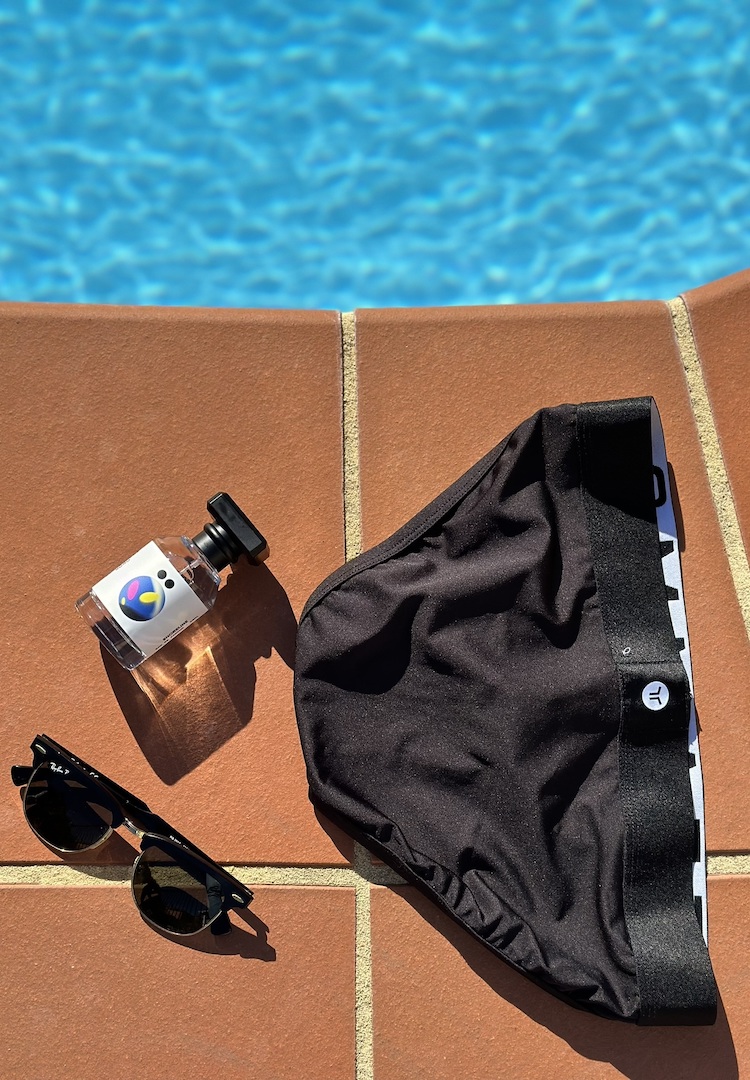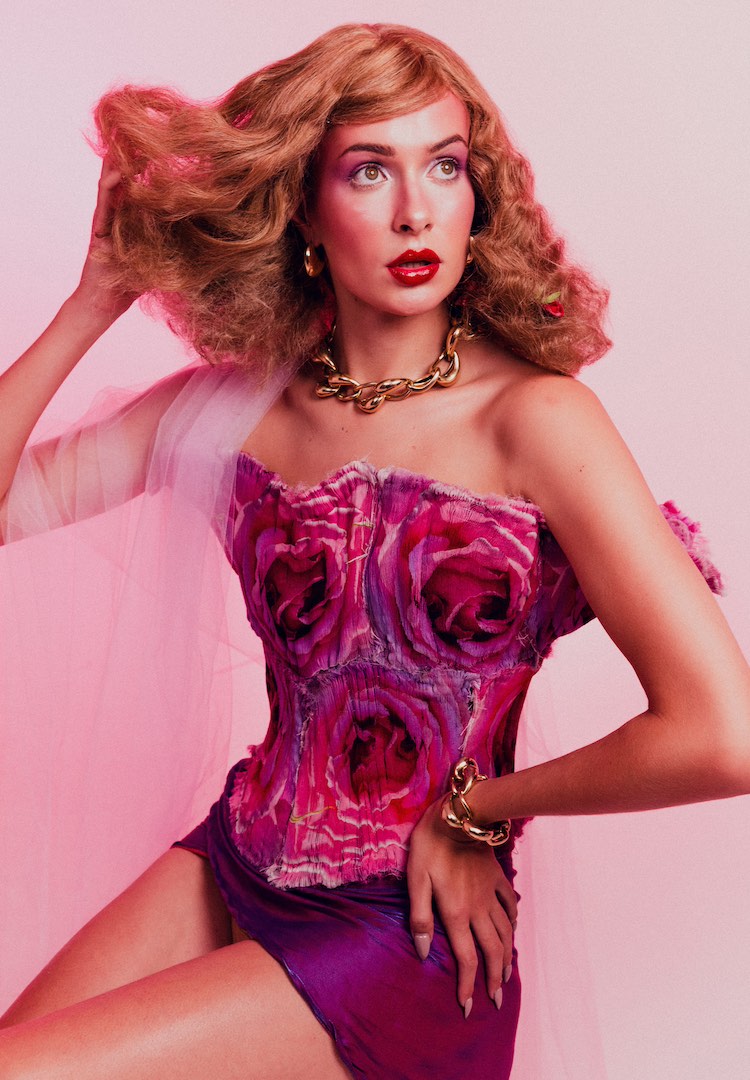“Visibility also comes with a cost”: What it’s like growing up transgender in Australia
PHOTOGRAPHY BY KIRA PURU
WORDS BY FRANKIE MAZONNE
“I think a lot of queer people will agree in saying that even without putting your hand up to be an advocate, you end up having to be one either way.”
Growing up, I felt a great deal of isolation. It was a feeling that was hard to put my finger on but it was always there, lurking in the background. I was fortunate enough to have grown up in Melbourne, where people are usually very accepting, but even still I felt like I was the only person like me.
For me, this sense of isolation began in primary school. Before that, I wouldn’t have thought twice about putting on one of my tutus, or telling people I was a girl. But once I was in the formal education system, it felt like there wasn’t a place to air those thoughts. Then, around year one, other students started to develop social consciousness and the name-calling began. I got asked questions like “Why are you a boy with long hair?” or “Are you a girl or are you gay?”
Looking for more thought-provoking reads? Try our Life section.
Little things like this were hard, but my school life became more challenging when the abuse turned physical. At this point, my Mum and I developed a coding system. Each day, I would come home from school and label everything good that had happened with green, everything weird or nasty with yellow and anything physical or threatening with red.
I didn’t want to move to a new school because I didn’t know if the new school would be worse. I think it was a bit of a ‘better the devil you know’ situation. But my mum and I had an agreement – as soon as I reported back with another code red, I would move. Unfortunately, this meant I ended up having to move schools not that long after.
When I walked into my new school, I saw a rainbow flag pencil holder in the front office. Immediately, I felt that this place was different and would be more supportive of me and my identity. It was a very diverse school, with students coming from all walks of life. Quite quickly, it became obvious that I wasn’t going to be judged – not for my personal experiences or my background. The message was simple – just be kind.
I came out in year eight, quite soon after moving to high school. It happened because there was a teacher in school who was regularly calling my mum, encouraging me to admit to being non-binary – even though I knew that I wasn’t. Eventually, it just kind of spilled out of me. I remember saying, “Mum, I’m not a boy and I’m not non-binary. I’m a girl.” It was a weird way for it to happen but I’m glad I got it out.
I think a lot of queer people will agree in saying that even without putting your hand up to be an advocate, you end up having to be one either way. Part of this responsibility is fielding questions that people would never ask a cisgender person, but think it’s okay to ask a transgender (trans) kid. I try my best to find a balance of ensuring I look after my own mental health while still responding to people’s questions to raise awareness and understanding. I enjoy advocacy work, but the visibility also comes with a cost.
A couple of years back I did a live TV segment and by the time I got back to my dressing room, I had received hundreds of new followers but also a tonne of hate mail. Even though that was hard, I know the work I’m doing will help future generations of trans people – just like the generations before me did.
This has led me to take part in a wide range of advocacy activities over the past few years. Most recently, I joined the co-design committee for the Victorian Government’s trans and gender-diverse awareness-raising campaign, The Unsaid Says A Lot. It’s the first of its kind in Australia, and I was fortunate enough to be involved in the community consultation process, which was an incredible experience.
It was lovely to meet people in the community with different stories, and incredible to put our heads together to find a way to help normalise the trans community. As an actor, I have also been proud to see more and more representation of trans and gender-diverse people on our screens across Australia. While representation does not equal inclusivity, it’s an important precursor and a significant step in the right direction.
Australia is always changing. For trans people, most of the time it’s for the better. But, with progress often comes resistance. Despite increased representation of trans people in popular culture, trans lives – specifically the lives of trans kids – continue to be the targets of bigotry and abuse. This is hard to see and shows us how far we have come, but also have yet to go.
For more on trans advocacy, head here.


